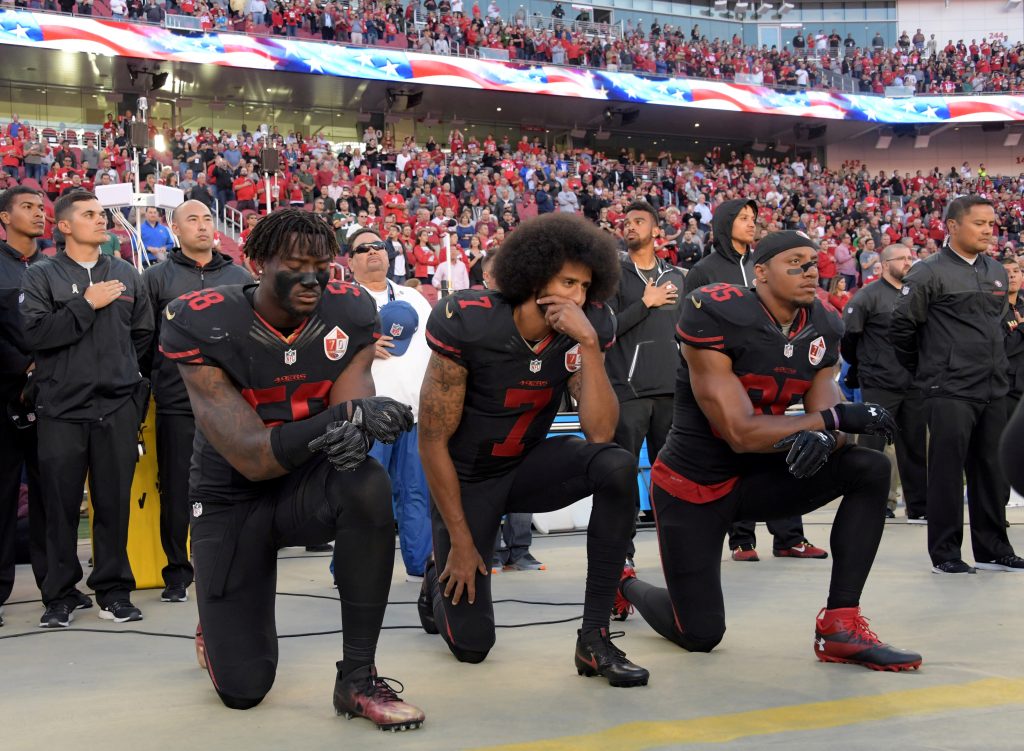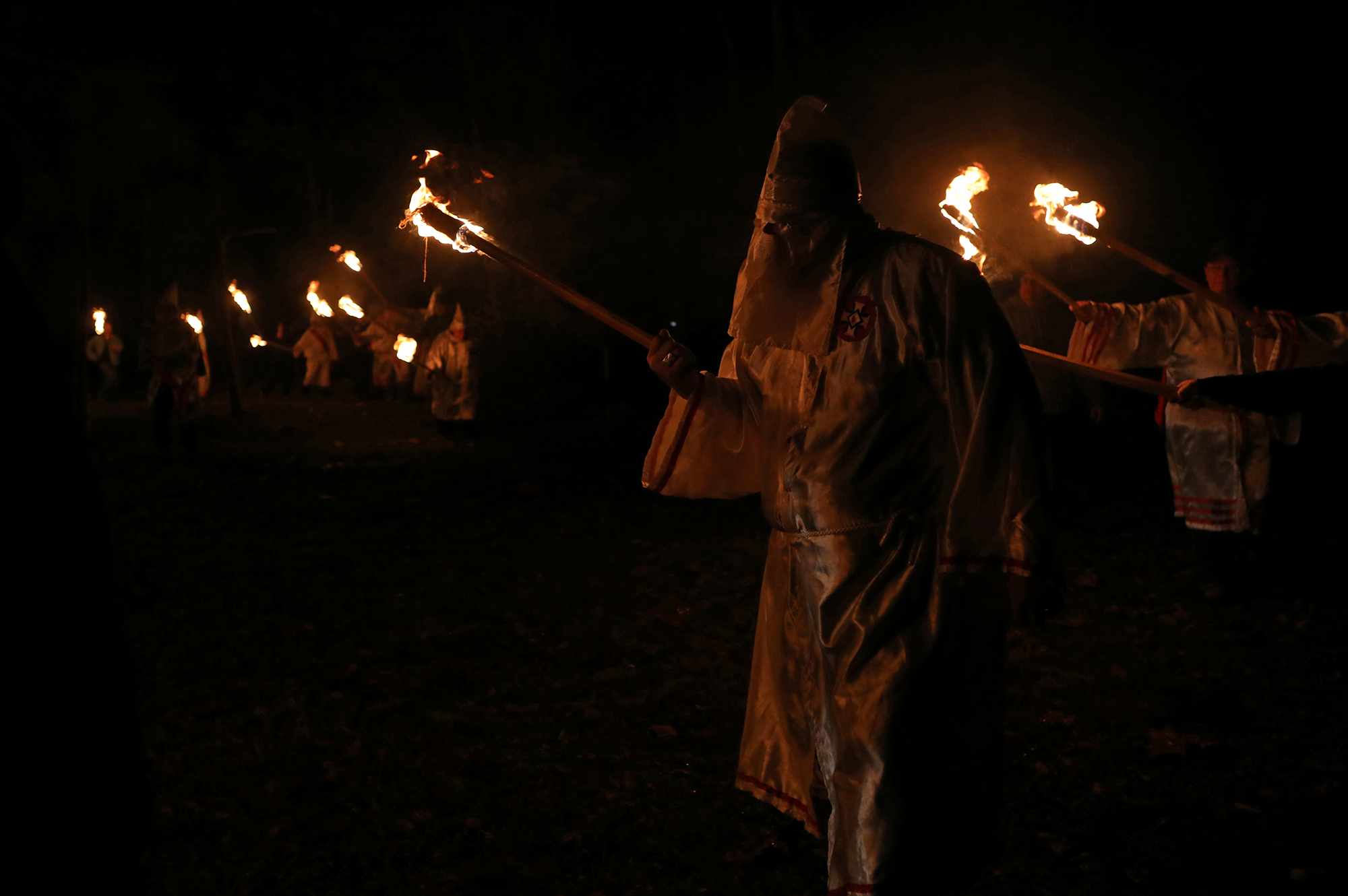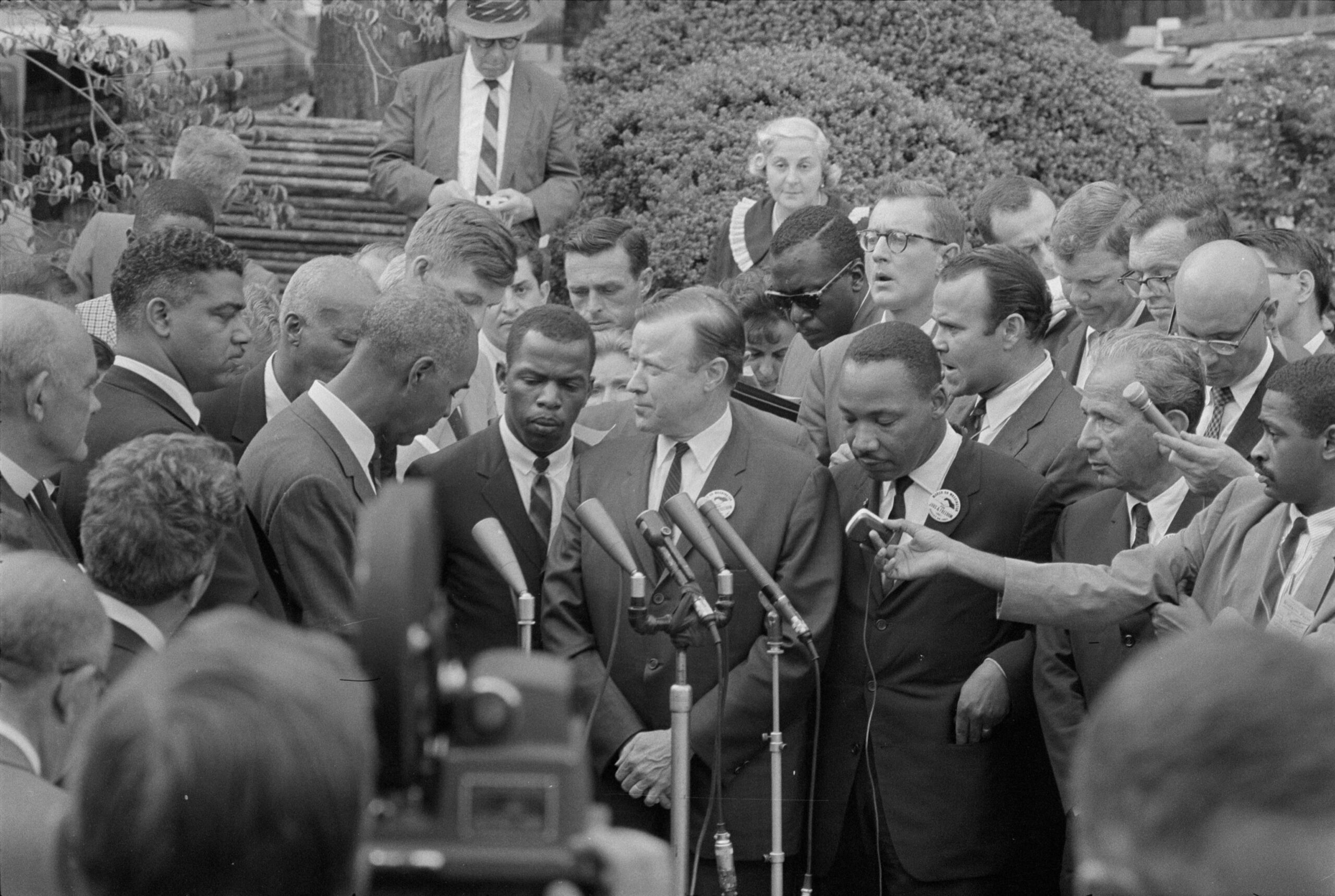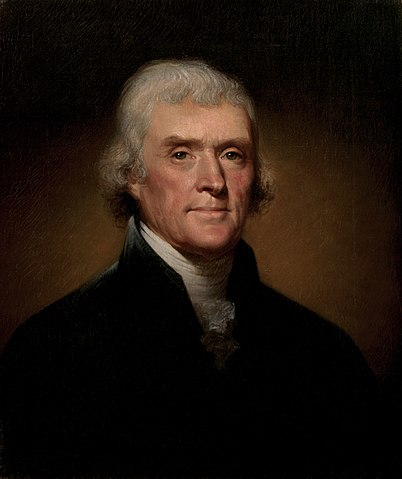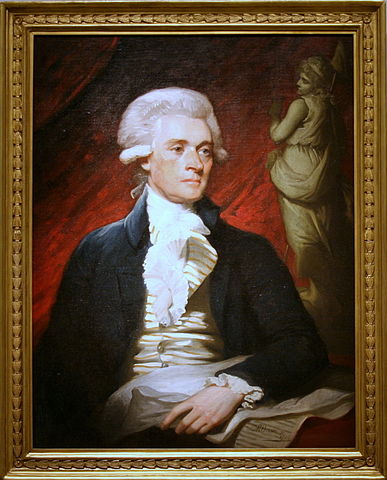First Amendment Watch provides a variety of lesson plans on First Amendment principles. We designed them so that you can easily incorporate them into your courses on media law, the First Amendment, journalism reporting and writing, history, and politics.
One set of lessons explain the law through a focus on contemporary conflicts involving freedom of expression. Each guide offers background on the law, links to primary sources, discussion questions for students, videos, and discussions of current conflicts. Another set focuses on historical events in which freedom of expression played a compelling role. And the third set presents primary source materials about freedom of expression along with our commentary.
All our educational materials are free to download. We do, however, ask that our readers fill out a basic contact form before reading or downloading our teacher guides. This provides us (and our funders) some information about where and how our guides are being used.
Guest in your class
First Amendment Watch founding editor Stephen D. Solomon or another expert are available to visit your class on issues covered by our teaching guides. Professor Solomon has recently appeared as a guest at classes at Tulane Law School, Tulane University School of Liberal Arts, and Korea University. Please email us if we can be of assistance.
These teacher guides are based on the idea that students are more likely to fully engage in learning traditional free speech principles when they enter this arena through the lens of a contemporary conflict. Each guide presents one or more conflicts in the news and then discusses the First Amendment principles that apply. Then students are asked to apply those principles back to the conflict. Topics covered include the right to record police in public, hate speech in America, and disinformation and the First Amendment.
